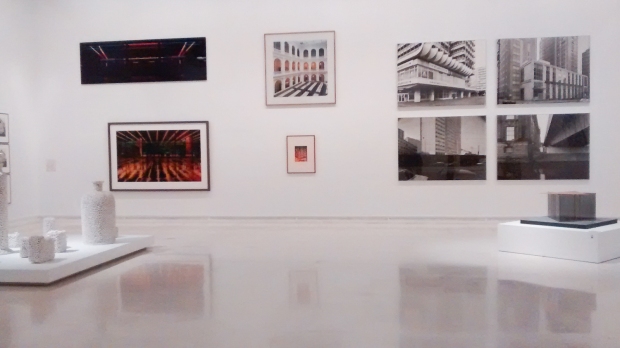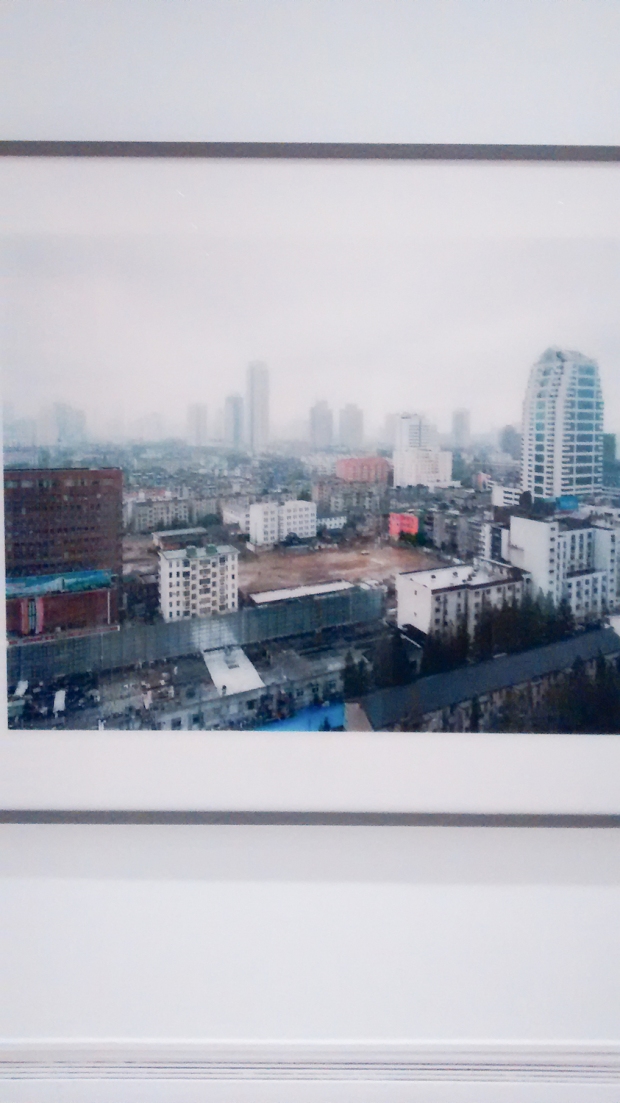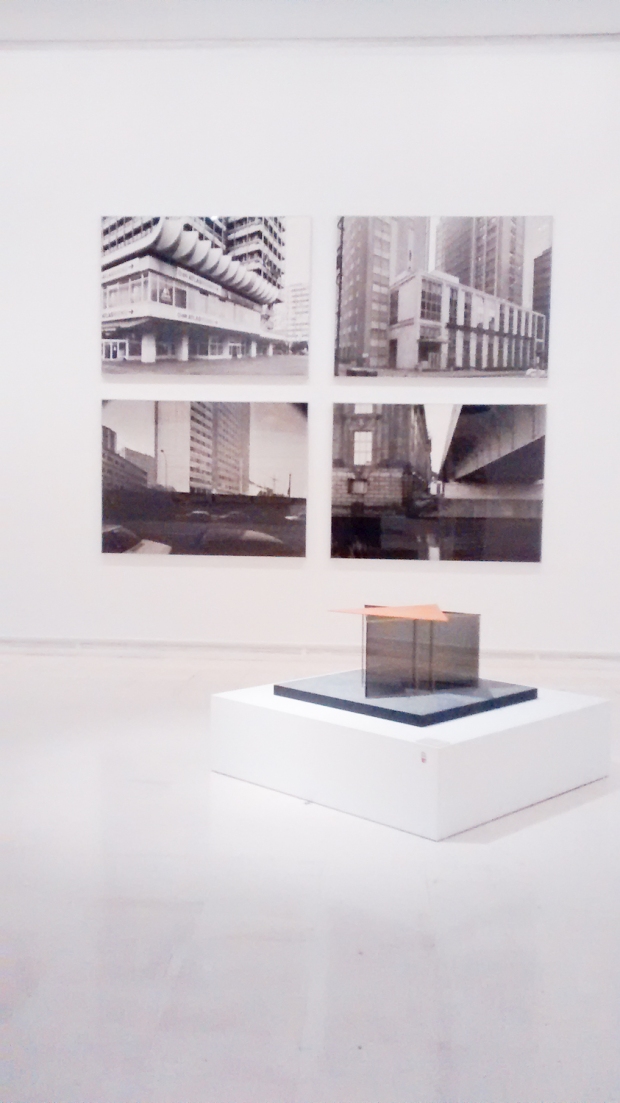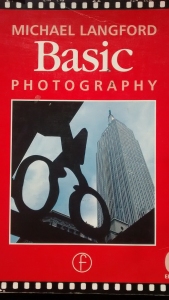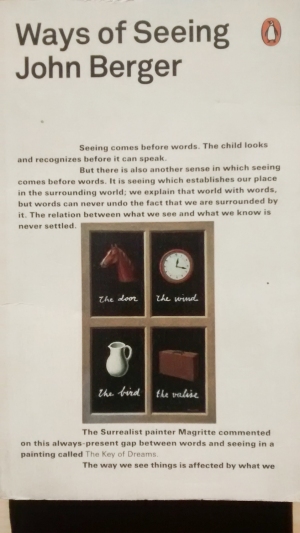Exhibitions in Barcelona of Humberto Rivas and Carlos Saura
Whilst in Barcelona recently I had the privilege to see the work of two photographers who’s work I did not know too well but enjoyed. The theme was of the Spanish Civil war and the genre was social documentary and the 50’s in Spain.
Although these exhibitions were at two distinct locations they shared the telling of stories of men, women and places that have lived through the Spanish Civil war (1933-35) and the 50’s era in Spain which was obviously still under the influence of the dictator, Franco. They are telling and sad pictures for the most part.
I know Spain very well as a country, speak the language fluently and have spent many days wandering the countryside fascinated by its plethora of ruins, landscape and people. I could almost go out and shoot several hundred photos myself and mount a very similar exhibition to the some of the photos seen here. In fact, I have photographed some of the places depicted in these images, especially Belchite, a bombed out village in the province of Aragon near to Zaragoza, that has simply been left as it was since the war. It is fenced off and sits like a great ghost in the bare dry plateau of Belchite like a witness to the world. It’s as if it is saying…”War never works…” “be warned”.
Below are some of the photos of Humberto Rivas:
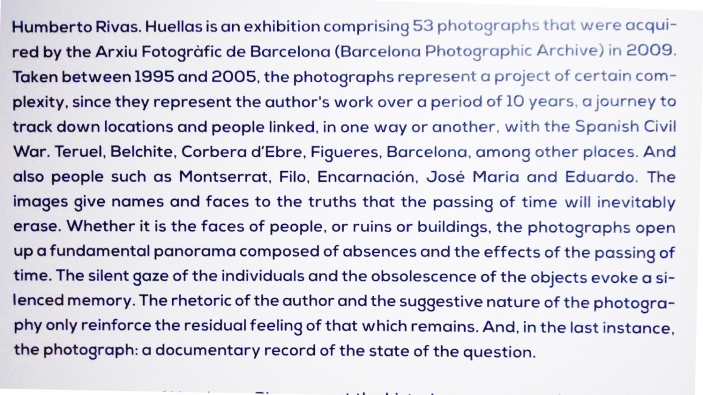
[1] Humberto Rivera Huellas (footsteps) Photos taken between 1995-2005
The effect was in some quite familiar as I have felt the sadness and pain of the civil war. I know for a fact that it is still to this day a difficult thing for many spaniards to talk about, of a certain age and generation. Many simply won’t. With the ‘pact of silence’ in place after the war ended both Republican and Nationalist decided it better to put the ‘elephant under the carpet’ and thus forget the pain. However, as I see it, it does not work like that. Pain lives on in the faces and lives of people until they find a way to resolve their past.
I’ve often wondered wether I could not produce a photo project that might aid that process. It would be somewhat provocative for a foreigner to do so. I am struck by how Rivera manages to get the clear firm attention of his subjects in the photos and portray them so well in terms of their emotional inner lives.
Carlos Saura
Saura is the director of the famous film of the seventies ‘blood wedding‘ (boda de sangre, 1981) and presents some of his stills and studio shots from the characters of the film as well as some other documentary/street photos of the 50’s era Spain. I place just one example here from the exhibition.

Saura’s film for me was very gripping as I love flamenco and the energy of dance. This film was created in the 70’s which gives it a special feel. When I look at some of these still again I am reminded of the scenes and people that I have seen in Spain, on my travels and stays here. I am endlessly fascinated by this peninsula.
As for the effect of the image on me I see these picture as very enticing and strong, especially because of the character in the photo. The posture in the above photo, a curious position with a back lit background to produce the stylised split lighting effect, creates a certain tension in that she is looking around. There is a certain dynamism in this as opposed to a figure simply looking face on at the camera and I must say it has stimulated my interest in portraiture that is a bit more ‘out of the norm’.
Images.
- L’Arxiu Fotográfic de Barcelona (1995-2005) Rivera H. Huellas Photography [exhibition] April 2017
- Círculo de Arte (1991) Saura C. Lola Flores photography [exhibition] Barcelona April 2017







